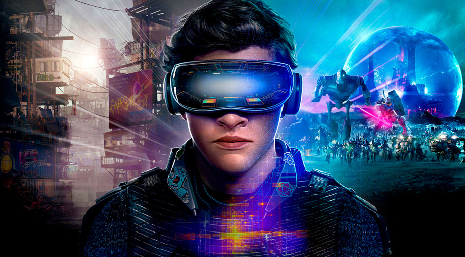share
In the early 90s, it was just a fictional idea. In Neal Stephenson’s novel, he conceived of: “A computer-generated universe that [a] computer is drawing onto [your] goggles and pumping into [your] earphone .” It’s the same operation principle in modern VR sets and glasses which accompany the users into an interactive environment with which a user can experience like it’s real life.
Author and capitalist Mathew Ball provided a more detailed description of Metaverse development. In his opinion, a Metaverse is a huge network consisting of constant simulations, digital avatars, & 3D worlds in real-time. The latter maintains cash, history, & objects that identity functioning, whereas Metaverse developers offer the capacity for an unlimited number of users at the same time. People have the option to read, play sports, make art, travel into wonderlands, pay for goods, etc.
New Technologies: Furthering the Creation and Rise of the Metaverse
The new realm’s foundation is the technological tasks imposed on it & maintaining it. Each developer desiring to develop the Metaverse in the near future must be well versed in these technologies.
Expanded/Hybrid Reality
This is a futuristic environment that combines the actual & virtual world into one. Objects from real life coexist alongside digital objects. Metaverse developers can adapt them to become “friendlier” should they deem it useful. Enthusiasts will be able to try on clothes, conduct a computer test drive of a car, repair a house, etc.
Fully augmented reality glasses comprise a crucial element in implementing this idea. Meta is working on such development, known as Project Nazare. According to quotes from the company’s Metaverse engineers, this hardware shall devise a full-fledged virtual reality surrounding clients with not only real objects but also virtual objects that they can interact with.
NFT Technologies
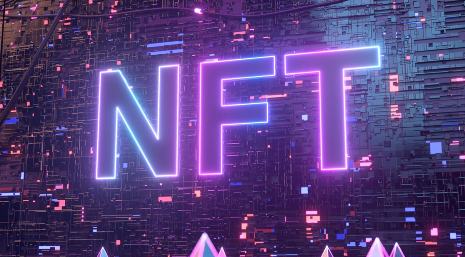
NFT technologies will enable digital products. They will ensure the continuity of the identity of virtual avatars and objects too. Since blockchain technology currently allows digital asset traders’ identification and crypto transactions, creators have the ability to use them for growth throughout the Metaverse.
AI
AI is essential for making different programs, providing informational & financial security, as well as conversing with people using smart assistants like Alexa, Siri, Cortana, and Google.
Metaverse developers can also use artificial intelligence to improve biological factors of the virtual environment, rendering the behavior of non-player characters to be better thought out. If previously bots acted scripted, ruining the impression of being in a game, now their reactions shall be more natural.
Interactive 3D Technologies
So that they can perform as first envisaged, 3D technologies that can be interacted with shall grow popular. Their tasks will be scanning the real-world surrounding setting, creating a digital 3D copy of it, and translating that model to the virtual world.

An important factor is that this technology must possess a high-level efficiency which will allow a graphic relay from the source on ultra settings while eliminating tangible delays or loss in quality.
Metaverse developers from Xbox Kinect have already brought this to reality. However, this doesn’t come with all the specs necessary for such gadgets. Thus, going forward, Metaverse developers will create more perfect devices based on 3D technologies.
Distributed Computing and Data Storage
Metaverse development requires huge computational capacities. They can be used to perform various tasks which are unburdened by failures and delays. The most practical way to achieve this is by distributing all computations and information storage between a multitude of blocks based on the same principle that Blockchain operates on. Then, even if one of them breaks down, the virtual environment will not decline in any way since the remaining segments will stay operational as previously.
Smart Automation
Such algorithms are bestowed “privileges” as an ordinary user would get. Metaverse developers will get utilized for moving between virtual worlds & servers. Meanwhile, the programs examine & even change Metaverse elements. Such technology is already heavily used when it comes to marketing and predicting consumer behavior. In short, we are talking about automation and the acceleration of processes that would take humans years to devise themselves. At the same time, this software handles that stuff in a matter of hours.
Mobile Internet with 5G Technology

With the Metaverse’s thick textures and high-quality sounds, 5G is necessary for Metaverse tools’ ability to transmit the virtual world to the user without any delays. It is capable of ensuring info transmission at a level of 10 gigs a second, which exceeds the 4G information translation speed x100.
IoT
The IoT is used to collect and transmit information from the real world. As we know it today, the IoT has proved useful to us in being able to turn off our lights after we’ve left home, heat our ovens when we’re on the way back, track deliverymen and make sure they’re not veering off route to do personal business, & keep track of gas usage in our vehicles. Metaverse creators can boost digital rendering too. For instance, if a Metaverse’s weather changes, IoT data flows change the behavior of individual elements & virtual reality can feature more suitable elements.
Thanks to the IoT, Metaverse developers can facilitate functioning between most physical gadgets and the 3D environment. That opens up opportunities to create Metaverse simulations in real-time. The IoT can also involve machine learning, deep learning, & AI. Consequently, the virtual space ameliorates and grows more stable.
Essential Skills for Metaverse Developers
A Metaverse developer must know the ins and outs of practical programming, not just its theories of it. They will need fluency in programming languages like Python, Swift, JavaScript, Lua, Solidity, C#, and C++. A Metaverse engineer picture & have a good handle on abstraction, encapsulation, and cycles.

For his idea’s materialization, a Metaverse developer must-have mobile app, game, website, augmented reality, and application software development experience. They must understand the process of creating UX/UI design, integration of third-party libraries for building on functions, and connecting app gameplay to a certain interface.
Metaverse developers must be proficient in XR SDKs like Vuforia, ARCore, and Wikitude. In addition, a Metaverse developer must also master graphic rendering. This is necessary for digital world animated prototypes. Innovations in shared virtual space will have to entail animation and graphics that don’t delay or decline in quality in any user Metaverse.
Metaverse development technologies: Devices, Platforms, and Software
Meta Quest VR set from Facebook
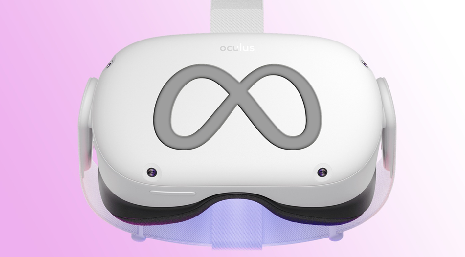
Which gadget out there today provides for full immersion in VR? Meta Quest, of course. This VR headset is mainly made for playing, but it’s equipped with additional features too. In order to create a Metaverse for this gadget, a Metaverse developer must have in his arsenal such tools as Unity platform – for creating various 2D and 3D games, Unreal game engine, as well as a C++ programming language (for Unreal) and C# (for Unity).
The Roblox Game Platform
This is reminiscent of Steam, but the games are made by the gamers to delve into virtual reality. These Metaverse developments can also monetize with the help of Roblox cryptocurrency. One Metaverse developer who is only 24 years old has managed to make 1 million dollars off of one app in a year.
Website game building demands familiarity with Lua, having a command of Roblox API, and having 3D rendering software at one’s disposal.
Ethereum Blockchain Platform
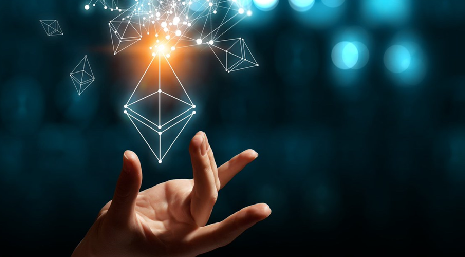
Metaverse apps are built on a platform to create decentralized environments where apps are posted. Decentraland Metaverse was already created based on Ethereum, where people may attend virtual rock shows and art exhibits, play poker and invest in Ford.
For efficient use of Ethereum or with other digital assets, a Metaverse developer needs to master blockchain technology and 3D modeling. The immersive world must have knowledge of Unreal, Unity, and Solidity. With Solidity, virtual world creators’ hardware devices can implement smart contracts necessary in the Metaverse.
Multifunctional XREngine Framework
This is an arsenal that can create 3D worlds, manage clients, and allow voice/video. This framework is positioned as open-source, where development and improvement of the Metaverse shall be made as easy as coding an ordinary Internet store.
WebXR Device API
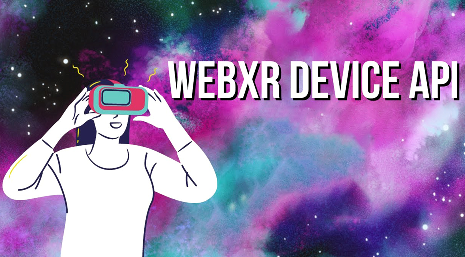
For most scenarios, apps need VR technology development to have direct access to devices. The application programming interface can be used to significantly simply things. Metaverse app developers use an interface to ensure due digital transactions between web applications & augmented/VR hardware.
Growth of the HyperCube Blockchain
This allows for an “expanded reality” environment, a HyperVerse. Essentially, this is a variation of the Metaverse. A developer with the desire to make his augmented reality decentralized can try out his talents on this Blockchain. The project has yet to reach completion but is still worthy of study by those who plan to integrate virtual reality applications into the blockchain world.
JanusWeb for Creating Virtual Reality Construction
This is a set of Metaverse development tools with an open-source code. It is designed for modeling a 3D environment launchable in ordinary browsers. Rendering is performed based on WebGL or Three.js. The JanusWeb functions range is limited compared to XREngine, yet it’s 100% sufficient for developing 3D worlds.
Webaverse Platform with an Open Metaverse Engine
This project’s intent is to empower creators and ordinary users within the context of the new realm naturally. Developers employ all the resources of the engine, which is completely open source and can be configured for any purpose. It can be activated as a nucleus for one’s own Metaverse and placed wherever one wishes if you have Node.js.
Blender 3D Design
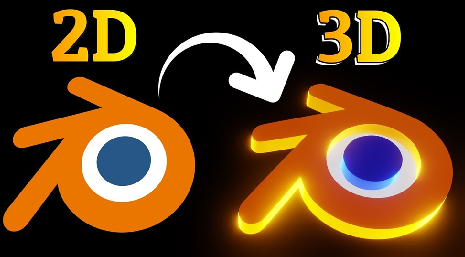
Once again, this is essential for game developers when it comes to Roblox. The production is provided with publicized source code and allows for the 3D visualization essential for the development of a 3D Metaverse.
All of these Metaverse development tools are merely some of the aspects a Metaverse developer must operate proficiently. With each passing year, ever more such solutions will follow. Additional developments will surface, and previous developments will issue important updates. It is important for a Metaverse development not to fall behind in one’s skills and abilities but to constantly develop, learn new things in this sphere, and maximize talent.
The Future Size of the Metaverse Market
Weighing virtual worlds’ pervasive future, the massive know-how required to create virtual reality worlds, & the incredible breadth of tools to master in the Metaverse space, the money will be substantial. The projected growth rate of the Metaverse is about 50.74% percent per year and is projected to reach 1.6 trillion dollars by 2030. The early market leader is Meta, Facebook’s parent company.

Other innovative organizations in Metaverse development present themselves on a regular basis, including Apple, Microsoft, Decentraland, and Epic Games. In the blockchain world, huge capitalization projects with groundbreaking technology leave the market wide open for blockchain developers. Watch out for the new AI technology players coming up with new cutting-edge technologies. With the immersive worlds of Metaverses set to embody the next leap in virtual spaces, there will be no end to the types of transactions that the Metaverse development tools will find their way into.
